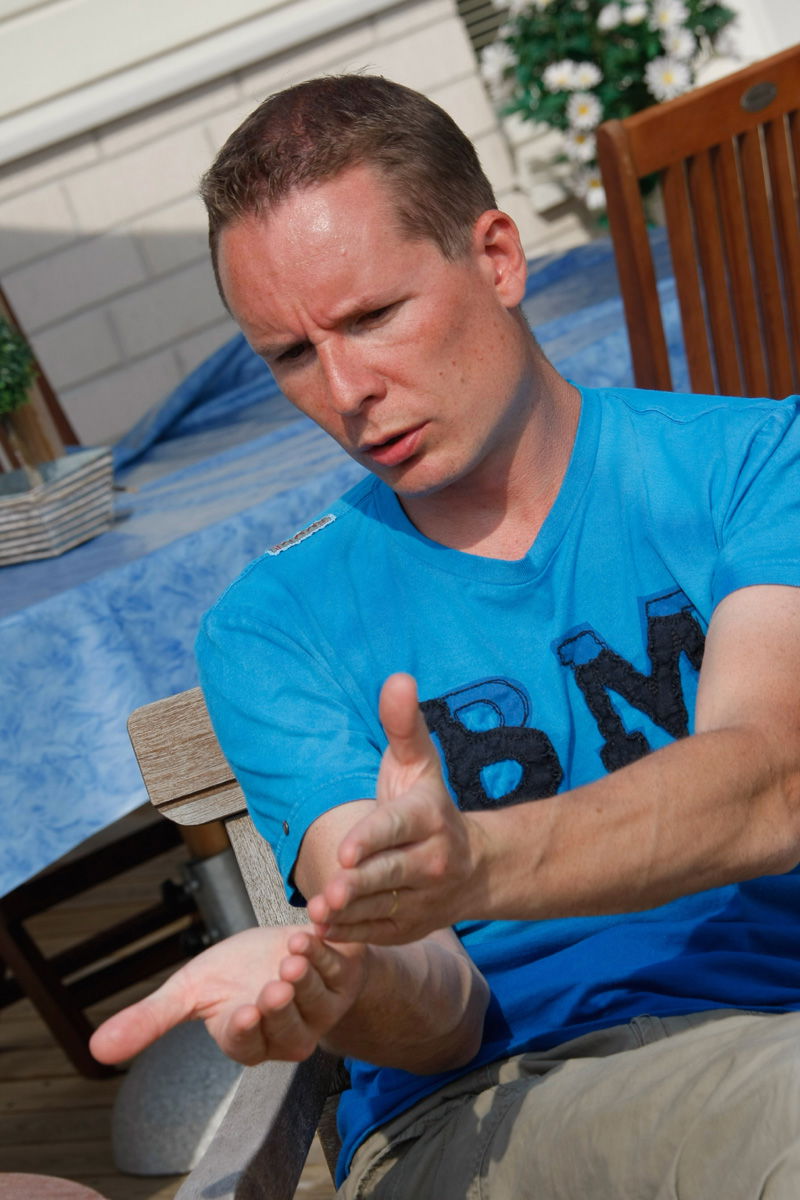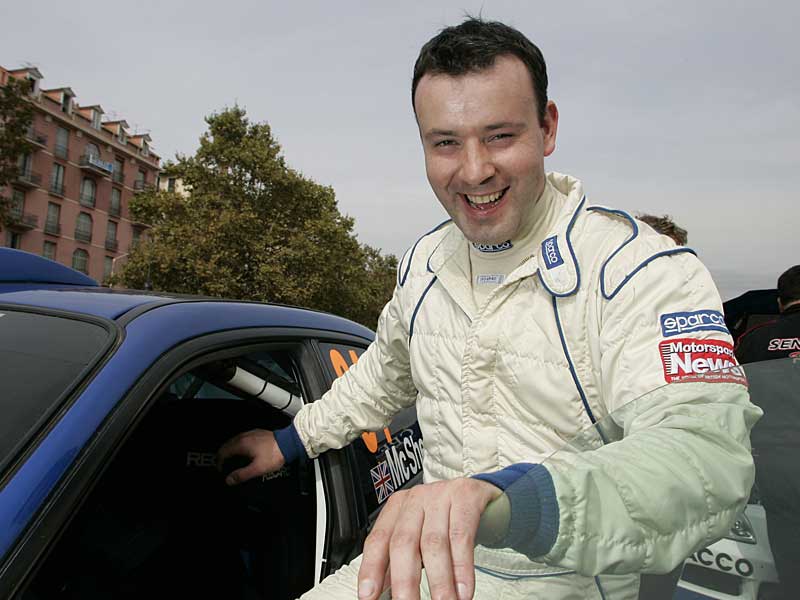Ford Escort - the rally car dreams are made of.
When Ford gave birth to the Escort in 1968 to replace the Anglia, few people could have forecast just what effect the curvy saloon would have on the world of rallying across the globe.
Fewer still would have dared to predict that 40 years later the Escort not only remains a regular sight on rallies, but continues to notch up victories and championship titles. Surely the word 'legend' was invented with the Escort in mind!

When Ford gave birth to the Escort in 1968 to replace the Anglia, few people could have forecast just what effect the curvy saloon would have on the world of rallying across the globe.
Fewer still would have dared to predict that 40 years later the Escort not only remains a regular sight on rallies, but continues to notch up victories and championship titles. Surely the word 'legend' was invented with the Escort in mind!
When the original Mk 1 Escort appeared in 1968, Ford cars had already built a fine motorsport record, with high-profile victories in the world's most important rallies - Monte Carlo, Safari, Acropolis and RAC. The introduction of the Escort was to boost Ford's motorsport fortunes still further.
That year the 1.6-litre Escort Twin-Cam started a spectacular competition career with an astonishing opening season by winning the Circuit of Ireland, Tulip, Austrian Alpine, Acropolis and Scottish rallies within just eight weeks - with Britain's Roger Clark behind the wheel for four of those successes. By the end of the season, the Escort had also won the famous 1000 Lakes Rally in Finland, which helped Ford secure the World Rally Championship for Makes. Ford won the world championship again in 1969.
The 'works' Twin-Cam Escorts continued to win all over the world, while special overhead-valve engined cars dominated the 16,000-mile London-Mexico World Cup Rally of 1970, taking first, third, fifth, sixth and eighth places. Ford celebrated that triumph by introducing the limited-edition Escort Mexico road car.
As the Escort was developed through the 1970s, the 1.6-litre 16-valve RS1600 took over from the Twin-Cam. By this time, the cars had a great reputation for strength and reliability. Engines were progressively enlarged, first to 1.8-litres with 205bhp, and later to 2.0-litres with up to 250bhp.
By 1975, RS1600s had won classic rallies all over the world, triumphing in a variety of vastly-differing locations. The successes included the 1972 East African Safari, when Hannu Mikkola and Gunnar Palm became the first European-based crew to win this long and gruelling rally, three consecutive wins in the RAC Rally in Britain from 1972 - 1974, with Timo M?kinen at the wheel twice, five wins on the 1000 Lakes Rally in Finland (with Hannu Mikkola claiming four of those) and the Heatway Rally in New Zealand.
No matter what the competition, the surface, the conditions, or the country, around the globe the Escort was always successful, at all levels of the sport. Even less modified Group 1 Escorts (the 1970s equivalent of today's Group N 'showroom' category) were victorious, memorably with three outright wins in the 1974, 1975 and 1976 Tour of Britain events, which combined racing with rallying.
A new-style Escort, the MK 2 1.8-litre RS1800, emerged in 1975, and within months the Boreham-based works team had turned it into a formidable world championship machine. Its first outright victory came in the 1975 RAC Rally, when M?kinen completed a personal hat-trick and Ford took its fourth straight win. Ford retained the RAC trophy the following year when Clark won for the second time in an Escort - four years after his first triumph.
Clark, Mikkola and Bj?rn Waldeg?rd spearheaded the works team's international charge in the following years. As ever, the Escorts were still the class of the field. Waldeg?rd won three of the world's most punishing world championship rallies in 1977 - the East African Safari, Acropolis and RAC events, and the Swedish in 1978, while Mikkola also won the RAC Rally in the same season.
Throughout this period, drivers used the Ford Escort to win hundreds of events at European and British Rally Championship level. One of those Ford pilots, Belgium's Gilbert Staepelaere, won more events than any other driver in Europe. The Escort was also unbeaten in the British Rally Championship for eight consecutive years from 1971 to 1978.
In 1979 the car made a clean sweep of the world championship, winning in Portugal, Greece, New Zealand, Canada and GB - claiming Britain's RAC Rally for the eighth consecutive occasion. Not only did Ford win the World Manufacturers' Championship - for the third time in 12 years - but Waldeg?rd also became world drivers' champion, with team-mate Mikkola close behind.
As the works team then concentrated on developing new models for the 1980s, another famous member of that victorious 1979 team, Ari Vatanen, spearheaded a privately-financed Escort team which contested the World Rally Championship in 1980 and 1981. After winning the Acropolis Rally in 1980, Ari went on to win three more events in 1981 to become the first and only privateer to win the World Drivers' Championship.
In the 1980s rule changes led Ford to use four-wheel-drive RS200s and Sierra RS Cosworths in the world championship. However, the Escort was never forgotten and in 1993 a new-generation Escort, the RS Cosworth, triumphantly returned to rallying.
In its first season, the turbocharged four-wheel-drive RS Cosworth won five world championship rounds, with four second places to back up that achievement. It was an amazingly versatile machine, for there were victories on Portuguese gravel, on the twisting tarmac of Corsica and Sanremo, and on the most gruelling of all European world rallies, the hot and dusty Acropolis.
In 1994 Francois Delecour's Escort RS Cosworth won the Monte Carlo Rally while Tommi M?kinen's victory in the 1000 Lakes proved the strength of the modern-day Escort. In 1995, the Escort RS Cosworth won rallies all around the world, both in Group A and Group N form. Not only did this model win 25 European Championship rounds, but it also won championships as far apart as Africa and Austria, Switzerland and Portugal, Finland and Turkey.
Two more World Rally Championship victories followed in 1996. A privately-prepared Escort RS Cosworth driven by private-owner Patrick Bernardini won the Monte Carlo Rally while Carlos Sainz won the Rally of Indonesia.
To suit the latest world rally regulations, Ford evolved a new Escort, the World Rally Car, for 1997. This version won two World Championship rounds in double world champion Sainz's hands, the tough Acropolis Rally in Greece and Rally Indonesia - the Escort's final victory at world championship level. In a desperately hard-fought series, the Escort WRC also took second in the manufacturers' standings.
The Escort, it its various guises, won 46 world-class rallies, and innumerable national and international series. Even though the 'works' team switched to the highly successful Focus model in 1999, privately owned Escorts continue to thrive - and win - on rally stages around the world. The recent upsurge in historic rallying has opened a new outlet for Escorts of all eras and the name seems certain to live on in rallying's roll of honour across the globe.
Feature courtesy of the BP Ford Abu Dhabi World Rally Team

